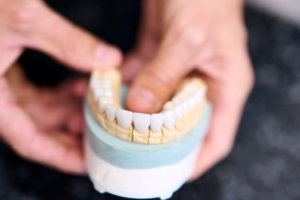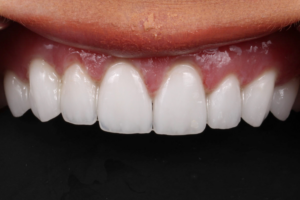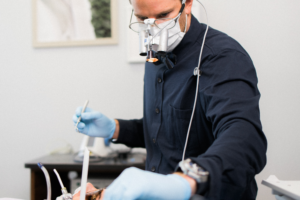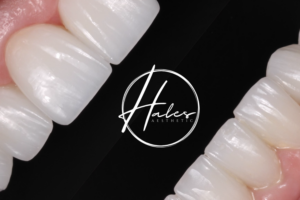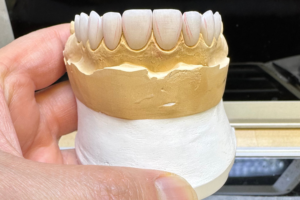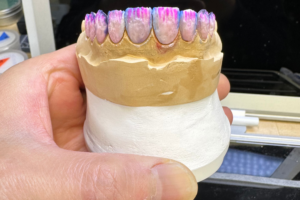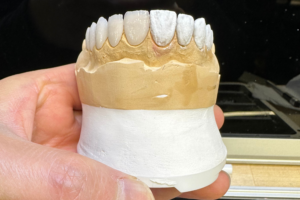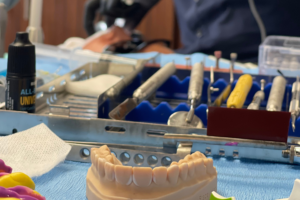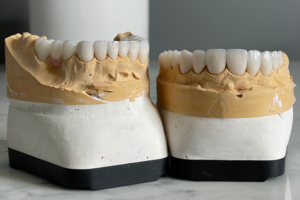 Methocarbamol for Back Pain: What to Know
Methocarbamol for Back Pain: What to Know
How Methocarbamol Works to Relax Muscles 💊
Imagine a knot of tense muscles easing like a tightened rope loosening after rain; methocarbamol works in the central nervous system to dampen abnormal reflexes and quiet the spasm, so daily tasks feel less daunting.
Clinically it doesn't target muscle fibers directly but interrupts pain signals and motor pathways, producing relaxation within hours and lasting as dosing directs; side effects occur occassionally and range from drowsiness to dizziness, so discuss timing, dose and context with your clinician to balance relief and safety for the best outcome and to minimize risk.
Who Should and Shouldn't Take It Risks ⚠️

Patients with acute muscle spasm often find methocarbamol helpful when combined with rest and physical therapy; it eases pain enough to move and heal. Avoid if allergic to Teh drug, pregnant or breastfeeding, or if you have severe liver or kidney disease. Consult a clinician.
Older adults and people who use sedatives, opioids, or alcohol should be cautious because drowsiness and dizziness can increase fall risk. Do not drive until you know how it affects you. If symptoms persist or you also recieve other prescriptions, seek medical advice promptly today.
Typical Dosing Timing and What to Expect ⏰
When your back seizes up, clinicians often start methocarbamol at a moderate dose to break the spasm cycle. Typical regimens are 500 to 750 mg every 6 to 8 hours, or an initial 1,500 mg loading dose, prescribed only for a few days while symptoms peak.
You may feel drowsy or lightheaded within the first hour, so avoid driving or heavy machinery when therapy begins. Taking doses with food can reduce stomach upset, and most people report meaningful improvement in pain and mobility across 48 to 72 hours.
Occassionally sedation lingers; if pain or weakness persists beyond a week, or you develop rash, high fever, or breathing trouble, contact your clinician promptly for further reassessment.
Common Side Effects and Signs Needing Care 🚨

In my clinic I often tell patients that muscle relaxers like methocarbamol can feel like a softening tide: they dull spasm and ease motion, but they also bring drowsiness, lightheadedness, blurred vision and some nausea. Mild headaches and an unsteady gait are reported, and these effects are usually short-lived. Drink plenty of water, avoid driving until you know how it affects you, and take the lowest effective dose. Speak with your prescriber soon.
Seek prompt care if you develop chest pain, rapid heartbeat, severe rash, high fever, confusion, difficulty breathing, or yellowing skin — these are rare but serious. Allergic reactions and severe liver problems can occassionally occur, especially when combined with alcohol or other sedatives. Keep a list of all medicines to reduce dangerous interactions, and call your clinician if symptoms worsen or fail to improve after a few days.
Interactions with Other Meds Alcohol and Supplements ⚗️
Teh moment you start methocarbamol, pause and list everything you take. Combining with benzodiazepines, opioids, or antihistamines can amplify drowsiness and breathing depression.
Alcohol increases sedation and should be avoided; even small amounts may impair coordination. Certain antidepressants and blood pressure medicines can interact, so bring a complete med list to appointments.
Supplements like valerian or kava add sedative effects; grapefruit interactions are rare but possible. Ask your clinician to review prescriptions, OTCs and herbals to keep therapy safe and effective. Discuss timing adjustments and monitoring plans with your prescriber.
Non Drug Alternatives and Combining Therapies Safely 🌿
I once helped a friend with sudden back spasms by focusing on gentle movement, heat, and breathing. These basics reduce tension and support recovery alongside medical care and trusted guidance.
For broader relief, consider massage, acupuncture, and targeted physiotherapy. Cognitive approaches like mindfulness improve coping. These Teh nonpharmacologic steps may reduce reliance on meds and improve function over time safely.
Work with clinicians to craft a blended plan: exercise, manual care, ergonomics, and short-term meds when needed. Monitor progress and adjust, aiming for sustainable recovery and fewer relapses over time. MedlinePlus - Methocarbamol PubChem - Methocarbamol


